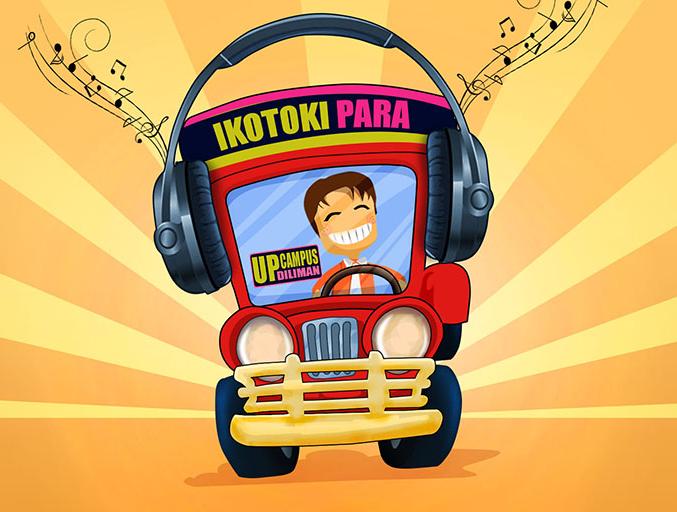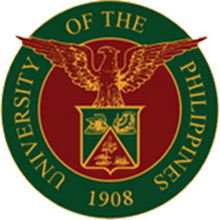
We welcome one and all to our public site for the IkoToki Para, a project centered on the production of sounds made on the U.P., Diliman campus.
We focus on a wide range of sound producers: birds, frogs, insects, wind in the trees, machinery, musical instruments, vehicles, people, and so on. These producers enact the sounding from which new sounds emerge and re-form. Thus, as we listen, record/document and compose, we become more deeply aware of and involved in our environment.
As a conceptual base, we think of these sounds and their processed forms in terms of hyper-realities; we also consider and enact sub-realities: those sonic elements that remain liminal, connected to imagination, and that exist in a more conceptual realm. Documented and processed sounds can be displaced, as in the case where the drone of traffic serves as a musical backdrop or medication on machinery. Creative possibilities abound. By opening up these materials for use by the U.P. community and beyond, we stretch the sonic palette into ever-shifting forms and statements of individual and community creativity.
Soundscape works as a springboard for making this project manifest in sound. As well I include the cultural and communal aspects of soundings, or audiations from specific live realities. This approach arises through my long years of work on and associations with soundings projects.
During my master’s study at the University of British Columbia (MMus Composition) from 1996 to 1998, I met Pierre Murray Schaeffer, a professor at Simon Fraser University, also in Vancouver. I met him during the launching of his work SOUNDSCAPE. This work/project focused on documenting and analyzing the environmental sounds of Vancouver. We corresponded on the approach and materials for some time. Through this process, Schaeffer introduced me to his colleague Barry Truax. Truax is a composer who teaches acoustic technology and maintains a sound laboratory at Simon Fraser. Through their work I learned some of the basics used in U.P. Soundings project. However, I have opened up the process to a wider range of sources and users. By doing so I believe the SOUNDSCAPE idea and process is enlivened. This website helps to serve this process.
We all know U.P. is a place unlike any other. However, I think that many of us take for granted that the campus’ sonic distinctions. By using the materials here, we become more engaged in hearing as well as creating what is heard.
Or to put it more succinctly: Hear Here!


